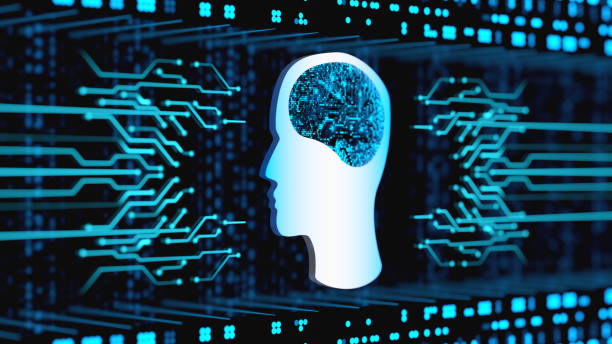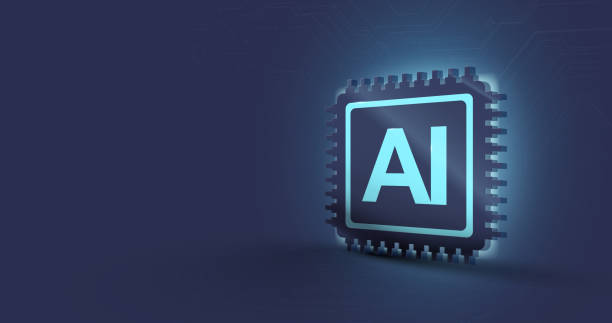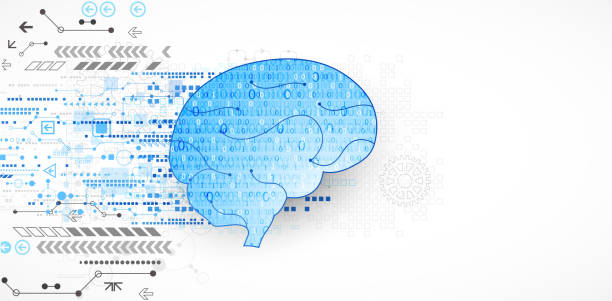What is an Artificial Intelligence Robot and what are its Applications?

#Artificial Intelligence Robot refers to a combination of robotics and artificial intelligence.
These robots are machines capable of performing tasks that typically require human intelligence.
These tasks include learning, reasoning, problem-solving, perception (such as face and speech recognition), and decision-making.
Artificial intelligence robots have applications in various industries, including manufacturing, healthcare, customer service, logistics, agriculture, and education.
For example, in the manufacturing industry, AI robots can perform repetitive and dangerous tasks, while in healthcare, they can assist doctors in diagnosing diseases and performing complex surgeries.
More advanced AI robots, using complex algorithms, can analyze information and make decisions that lead to improved efficiency and cost reduction.
Artificial intelligence (AI) plays a key role in the development of these robots.
In short, #Artificial_Intelligence_Robot represents a major advancement in technology that is capable of transforming many aspects of our lives and work.
Using these robots can help improve productivity in work and increase the quality of life.
Did you know that a weak company website loses many opportunities daily? Solve this problem forever with professional company website design by Rasaweb!
✅ Create a powerful and reliable image of your brand
✅ Attract targeted new customers and increase sales
⚡ [Get a free website design consultation]
The Main Components of an Artificial Intelligence Robot
![]()
An AI robot consists of several main components that, working together, enable intelligent tasks to be performed.
These components include:
- Sensors Sensors collect environmental information. This information can include images, sound, temperature, pressure, and so on.
- Processors Processors process the data collected by the sensors and make the necessary decisions.
- Actuators Actuators allow the robot to interact with the environment. These actuators can include motors, pumps, arms, and hands.
- Artificial Intelligence Software Artificial intelligence software includes algorithms and machine learning models that allow the robot to learn, reason, and decide.
- Power Supply The power supply provides the energy needed for the robot to function.
Each of these components plays an important role in the overall performance of the robot. For example, high-quality sensors can collect more accurate information, while more powerful processors can process data faster. Artificial intelligence software can also make better decisions using advanced algorithms. Finally, the #Components_of_AI_Robot, working together, allow the robot to perform complex tasks effectively.
Types of Artificial Intelligence Robots and their Features
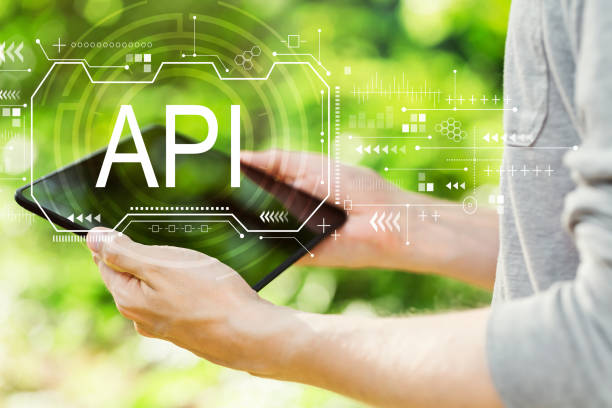
Artificial intelligence robots are designed and built in various types, each with its own characteristics and applications. Some common types of AI robots include:
- Industrial Robots These robots are used to perform repetitive and heavy tasks on production lines.
- Service Robots These robots assist in customer service, elderly care, and performing daily tasks.
- Medical Robots These robots are used in surgery, rehabilitation, and patient care.
- Military Robots These robots are used in reconnaissance, bomb disposal, and military operations.
- Space Robots These robots are designed to explore planets and conduct scientific research in space.
Each type of AI robot has unique features that make it suitable for specific applications. For example, industrial robots usually have high power and accuracy, while service robots focus more on human interaction and ease of use. Robot, in general, is a programmable machine that can automatically perform tasks. The specific characteristics of #Types_of_AI_Robot allow developers to design robots that best meet different needs.
| Robot Type | Features | Applications |
|---|---|---|
| Industrial Robot | High power, high accuracy, repeatability | Production lines, assembly, welding |
| Service Robot | Easy interaction, mobility, security | Customer service, elderly care |
| Medical Robot | High precision, remote control capability | Surgery, rehabilitation, patient care |
Machine Learning and its Role in the Development of Artificial Intelligence Robots
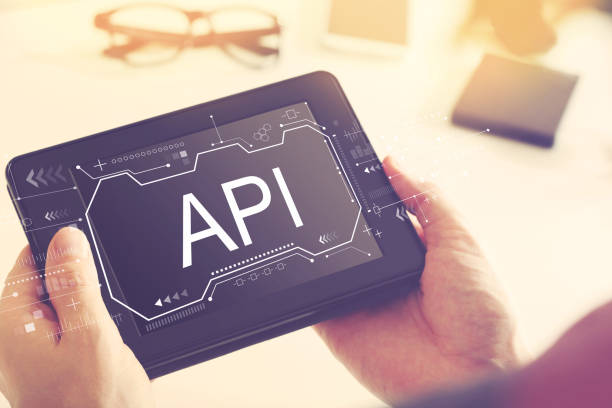
Machine Learning is one of the most important sub-branches of artificial intelligence, which plays a very important role in the development of artificial intelligence robots. Machine learning allows robots to learn from data and improve their performance without explicit programming. This process involves training mathematical models using large data sets, so that the model can identify patterns and relationships in the data and use them for prediction or decision-making. Machine learning algorithms allow robots to perform tasks such as face recognition, speech recognition, and routing. Without machine learning, robots are only capable of performing tasks that have been explicitly programmed for them. Using machine learning, #Artificial_Intelligence_Robot can learn independently and adapt to environmental changes. This is especially important in applications where the robot needs to operate in dynamic and unpredictable environments. As a result, machine learning plays a key role in increasing the intelligence and flexibility of robots and enables the development of more advanced and efficient robots.
How much does losing business leads due to a non-professional website cost you? Solve this problem forever with professional company website design by Rasaweb!
✅ Increase the credibility and trust of potential customers
✅ Attract new business leads more easily
⚡ Get a free consultation now!
Challenges and Limitations of Artificial Intelligence Robots
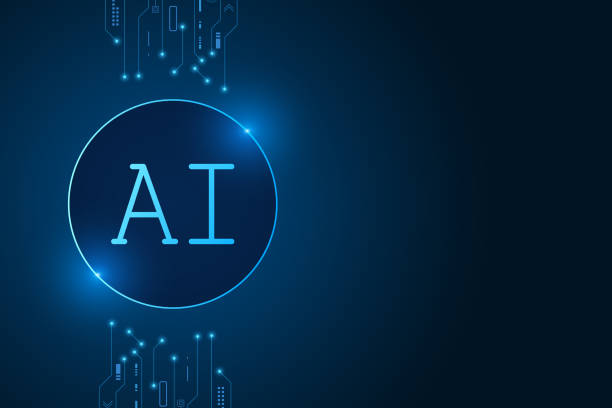
Despite the remarkable advances in the field of AI robotics, there are still challenges and limitations that need to be overcome. Some of the most important of these challenges include:
- High Cost Developing and building advanced AI robots is very expensive.
- Technical Complexity Designing and implementing complex AI algorithms is complex and requires high expertise.
- Ethical Issues The use of AI robots in some areas, such as military and security, raises serious ethical issues.
- Technical Limitations AI robots are still not fully efficient in understanding natural language and interacting with humans.
- Security AI robots may be subject to cyber attacks and their control may be taken over by hackers.
These challenges and limitations show that there is still a long way to go to develop and improve artificial intelligence robots. However, with continuous advances in technology, it is expected that many of these challenges will be addressed in the near future. For example, developing more efficient algorithms and reducing costs can reduce #Challenges_of_AI_Robot and enable wider use of these robots.
What Will the Future of Artificial Intelligence Robots Be?
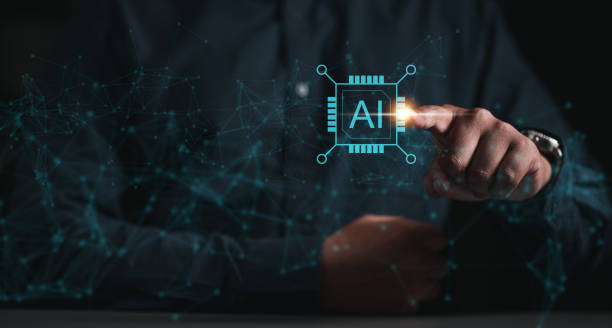
The future of AI robots looks very bright and promising. With the increasing advances in the fields of artificial intelligence, machine learning, and robotics, AI robots are expected to play a much more important role in our lives in the future. Some predictions about the future of AI robots include:
- Expanding Applications AI robots will be used in more industries and fields.
- Increased Intelligence Robots will be able to perform more complex tasks and adapt to dynamic environments.
- Improved Human Interaction Robots will be able to interact more naturally with humans and better understand their needs.
- Cost Reduction The cost of developing and building AI robots will decrease, making their wider use possible.
- Development of Autonomous Robots Robots will be able to perform their tasks independently and without the need for human intervention.
These predictions show that #Future_of_AI_Robot can significantly improve our lives and work. However, to realize these predictions, it is necessary to address the existing challenges and limitations and to seriously consider the ethical and security issues related to the use of robots.
The Impact of Artificial Intelligence Robots on the Labor Market
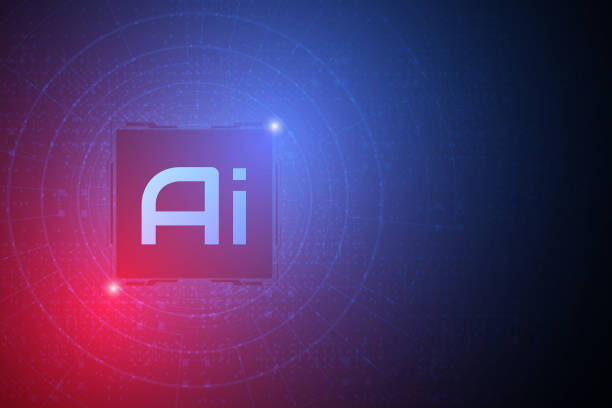
The presence of AI robots in the labor market brings both opportunities and threats. On the one hand, robots can perform repetitive and dangerous tasks and help increase productivity and reduce costs. On the other hand, they may cause the loss of some jobs, especially jobs that require low and repetitive skills. However, studies show that the #Impact_of_AI_Robot on the labor market is more complex than that. Robots not only cause the loss of jobs, but also create new jobs. These new jobs usually require higher skills, such as designing, developing, and maintaining robots. Therefore, to cope with the changes caused by the presence of robots in the labor market, it is necessary for individuals to upgrade their skills and prepare themselves for new jobs. Governments and organizations should also provide training and support programs to help people in this area. Ultimately, the impact of AI robots on the labor market depends on how this technology is used and how individuals and organizations adapt to it.
| Advantages | Disadvantages |
|---|---|
| Increased Productivity | Loss of Some Jobs |
| Reduced Costs | Need to Upgrade Skills |
| Creation of New Jobs | Ethical and Social Complexities |
Ethical Issues Related to Artificial Intelligence Robots
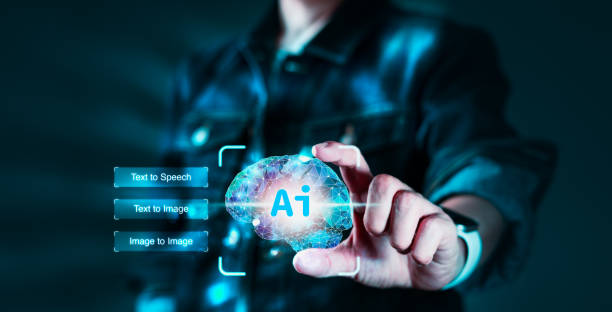
The development and use of AI robots raises many ethical issues that need to be seriously considered. Some of the most important of these issues include:
- Accountability If an AI robot causes harm, who is responsible? The designer, the manufacturer, or the user of the robot?
- Privacy AI robots can collect a lot of information about people. How can people’s privacy be protected?
- Discrimination AI algorithms may be discriminatory and treat people unfairly. How can this discrimination be prevented?
- Autonomy To what extent should AI robots be autonomous? Should they be allowed to make important decisions without human intervention?
- Automated Weapons The development of automated weapons capable of killing humans raises very serious ethical issues.
These issues show that #Ethical_Issues_of_AI_Robot need serious discussion and review. To solve these issues, appropriate laws and regulations need to be developed and ethical standards need to be set for the development and use of AI robots. Also, public awareness of these issues needs to be raised and people need to participate in decision-making related to AI robots.
Did you know that a poorly designed online store can drive away up to 70% of your potential customers? Rasoub transforms your sales with professional and user-friendly e-commerce website designs.
✅ Significant increase in sales and revenue
✅ Fully optimized for search engines and mobile
⚡ [Get a free consultation from Rasoub]
How to Build an Artificial Intelligence Robot?
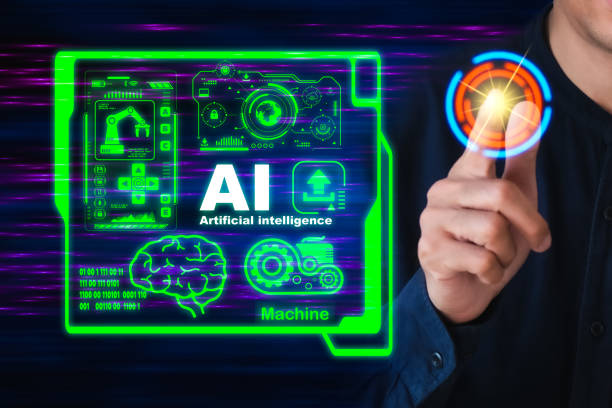
Building an AI robot requires knowledge and expertise in various fields, including robotics, artificial intelligence, programming, and electronics. However, using the tools and resources available, even beginners can build simple robots. The main steps in building an AI robot are:
- Define the Goal First, you need to define the goal of the robot. What is your robot supposed to do?
- Hardware Selection The robot’s hardware includes sensors, processors, actuators, and power supply.
- Software Writing The robot’s software includes AI algorithms and control programs.
- Robot Training If you are using machine learning, you need to train the robot using appropriate data.
- Testing and Improvement After building the robot, you need to test it and improve its performance.
To get started, you can use robotics kits available on the market that include all the parts and software needed to build a simple robot. You can also use online educational resources and books to learn the necessary skills. Building #Artificial_Intelligence_Robot is a challenging but very rewarding process that can help you develop your knowledge and skills in various fields.
Educational Resources for Learning Artificial Intelligence Robots

If you are interested in learning AI robotics, there are many educational resources available to you. Some of these resources include:
- Online Courses Online educational platforms such as Coursera, edX, and Udacity offer many courses in the field of robotics and artificial intelligence.
- Books There are many books in the field of robotics and artificial intelligence that can help you learn basic concepts and techniques.
- Scientific Articles Scientific articles published in reputable journals and conferences can familiarize you with the latest advances in the field of robotics and artificial intelligence.
- Practical Projects Doing practical projects can help you put your knowledge into practice and develop your skills.
- Online Communities Online communities such as Reddit and Stack Overflow can help you solve problems and learn from others.
To get started, you can start with introductory online courses and books, and then gradually move on to more advanced resources. You can also continuously improve your knowledge and skills by participating in practical projects and joining online communities. #Educational_Resources_AI_Robot allow you to become an expert in this attractive and widely used field.
Frequently Asked Questions
| Question | Answer |
|---|---|
| What is an Artificial Intelligence Robot? | An Artificial Intelligence Robot (AI Robot) is a machine capable of understanding the environment, reasoning, learning, and making decisions to perform tasks independently. |
| What is the difference between regular robots and AI robots? | Regular robots perform repetitive tasks based on pre-planning, while AI robots can learn from experience, interact dynamically with the environment, and even behave in a way that resembles human intelligence. |
| What are the main applications of AI robots? | They are used in industries (manufacturing, assembly), medicine (surgery, diagnostics), services (customer support, home), exploration (space, underwater) and many other fields. |
| What technologies are used in building AI robots? | Machine Learning, Computer Vision, Natural Language Processing, Deep Learning, and Robotics are key technologies. |
| Can AI robots have emotions? | Currently, robots do not have emotions in the human sense. They can identify and respond to emotions, but they do not experience emotions themselves. |
| What are the main challenges in developing AI robots? | Safety, reliability, ethics, autonomy, adaptability to complex environments, and natural interaction with humans are important challenges. |
| How are AI robots trained? | They are usually trained using large amounts of data, machine learning algorithms, and deep learning to identify patterns and make decisions. |
| Examples of AI robots in everyday life? | Smart robotic vacuum cleaners, customer support chat robots, self-driving cars, and surgical robots in hospitals. |
| Are AI robots a threat to human jobs? | Some repetitive jobs may be automated, but at the same time, robots can increase productivity and create new jobs in the development, maintenance, and monitoring of these systems. |
| How is the future of AI robots predicted? | They are expected to become more intelligent, autonomous, and capable of performing more complex tasks, and to interact more closely with humans in various environments. |
And other services of Rasa Web advertising agency in the field of advertising
Intelligent Marketplace: An effective tool to improve SEO ranking by optimizing key pages.
Intelligent Link Building: Designed for businesses looking to manage campaigns using real data.
Intelligent Social Media: A new service to increase sales through dedicated programming.
Intelligent Content Strategy: Professional optimization for analyzing customer behavior using user experience customization.
Intelligent Digital Branding: A new service to increase campaign management through user experience customization.
And more than hundreds of other services in the field of internet advertising, advertising consulting and organizational solutions
Internet Advertising | Advertising Strategy | Advertorial
Sources
Will Smart Robots Be a Better Alternative to Humans?
,Smart Robot Soldier for Iranian Society
,The Role of Artificial Intelligence in the Future is Higher
,Humans vs. Robots
? For your business to soar in the digital world, Rasaweb Afrin is with you by providing innovative marketing solutions and fast website design and professional, to have a powerful and lasting presence.
📍 Tehran, Mirdamad Street, next to the Central Bank, South Kazerun Alley, Ramin Alley No. 6
“`

